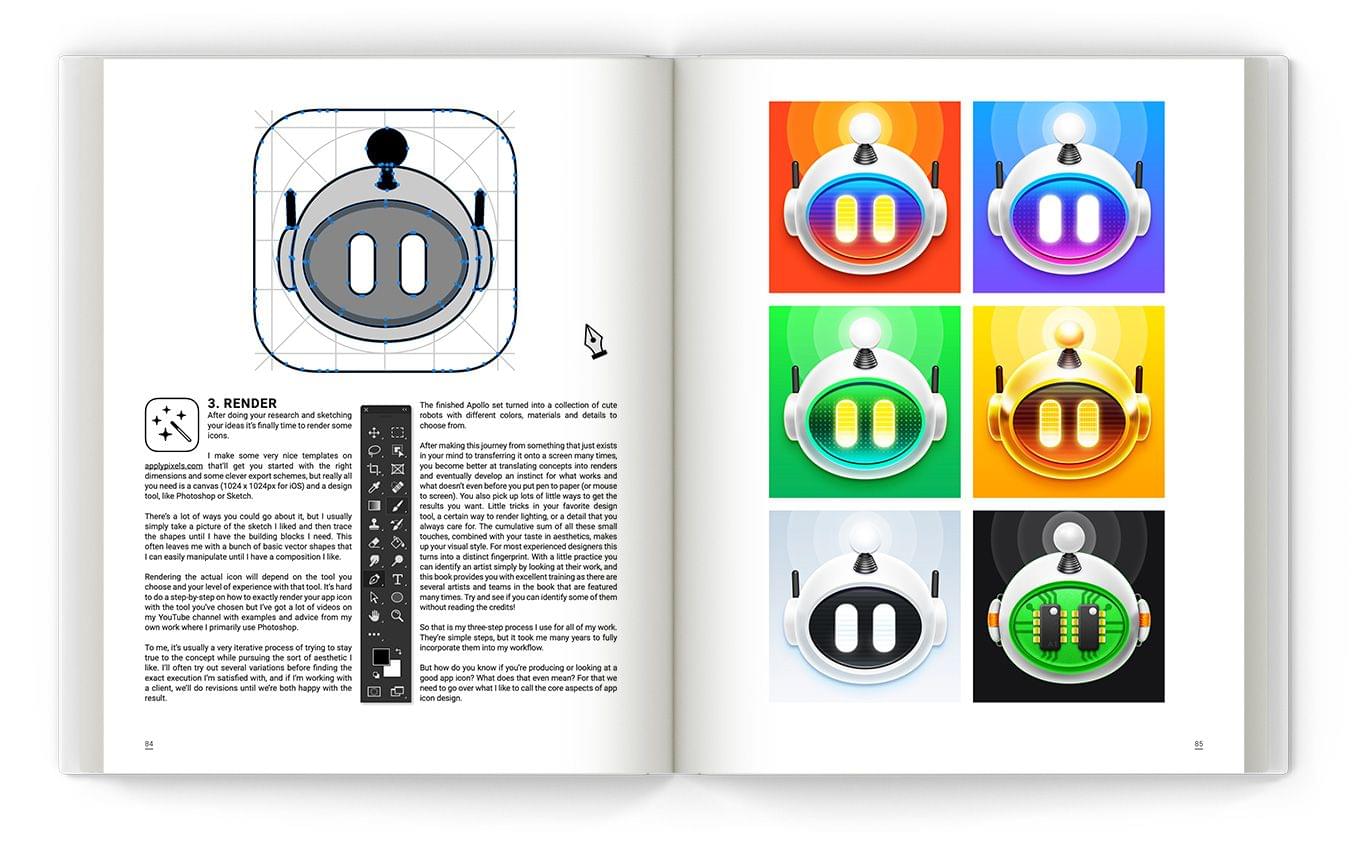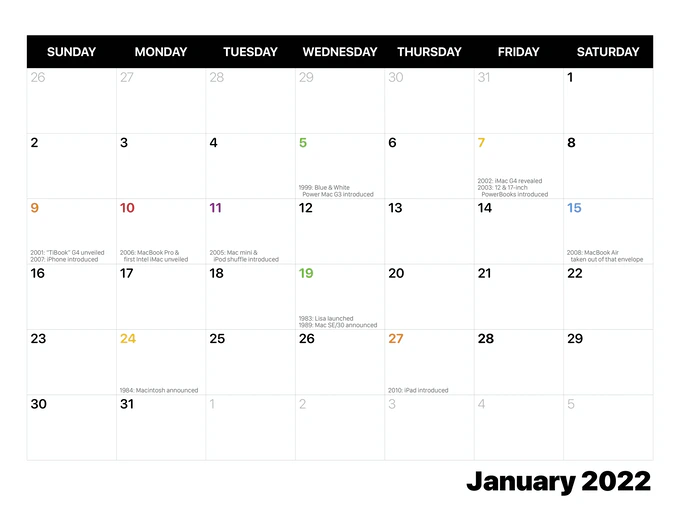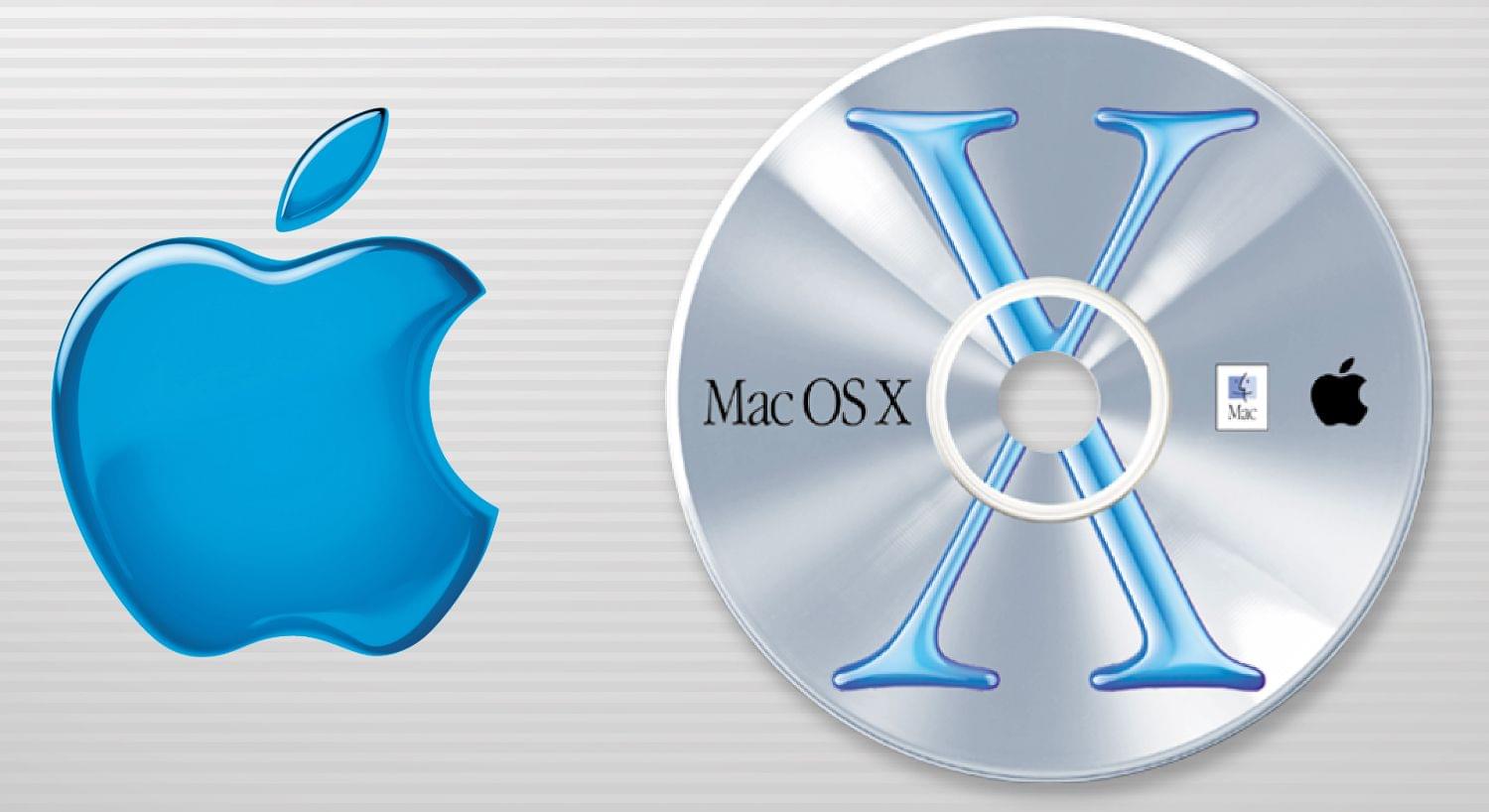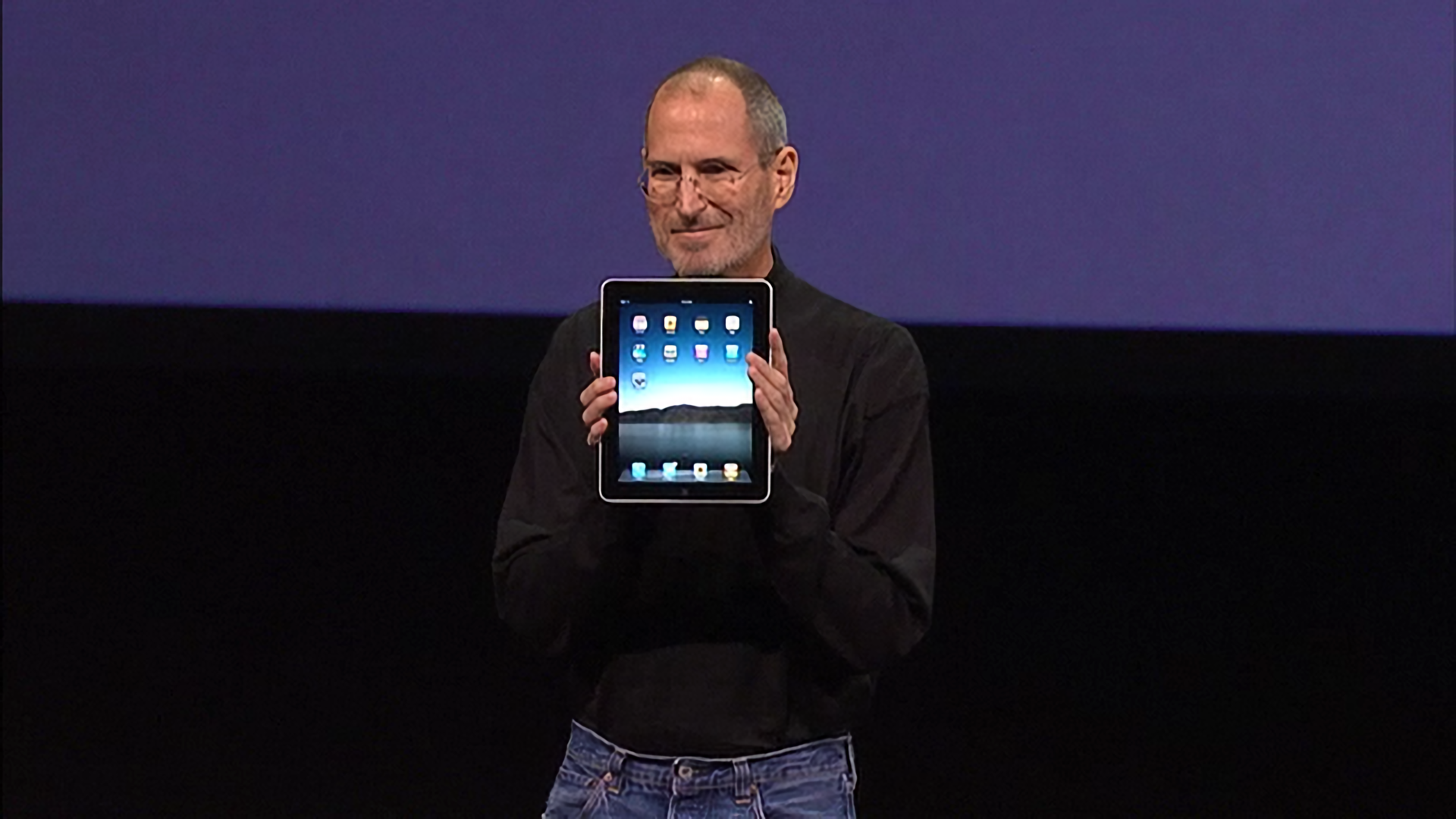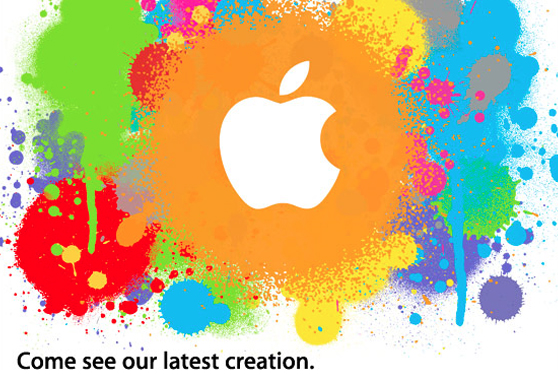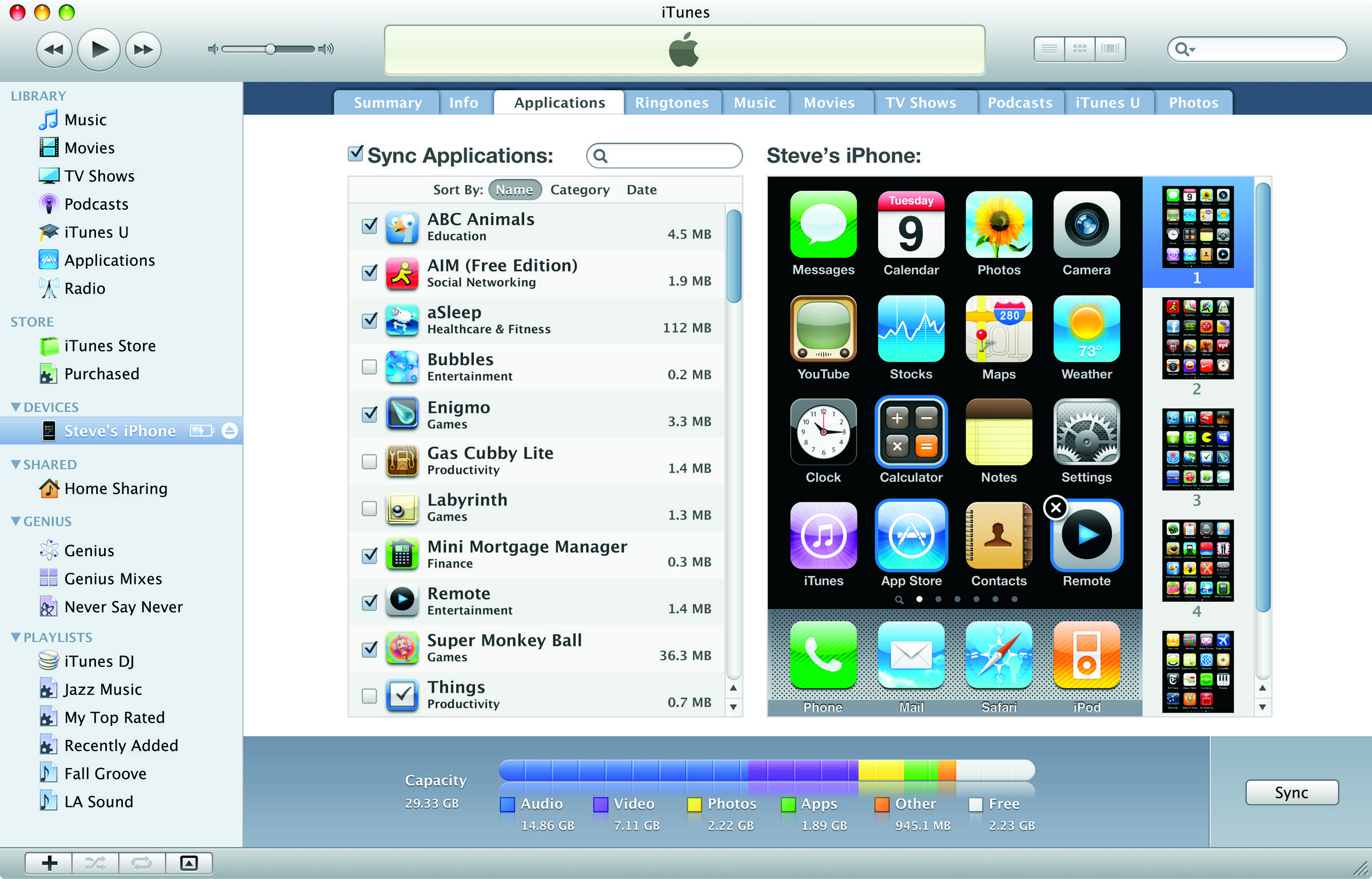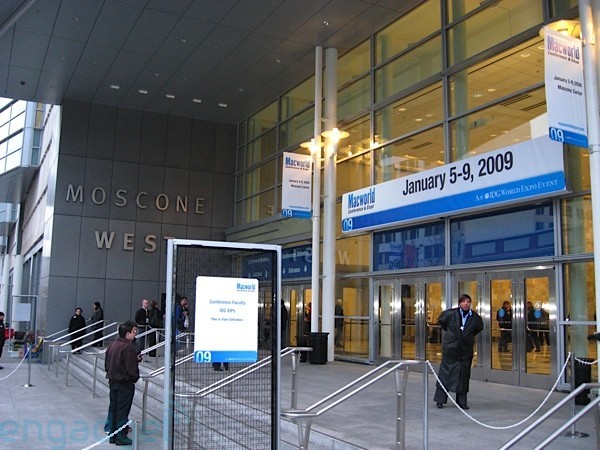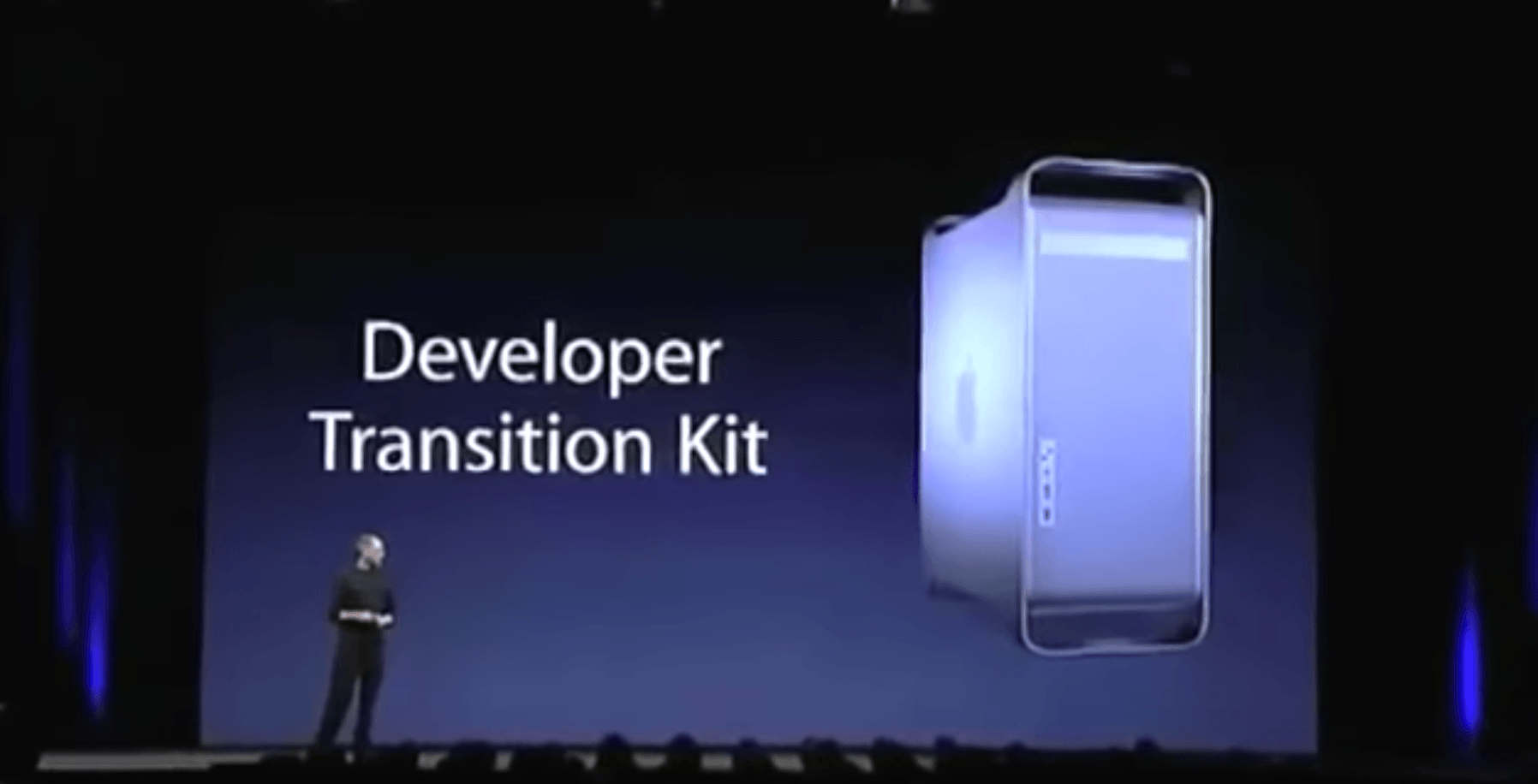Four years in the making, designer Michael Flarup has launched a Kickstarter campaign to finalize, print, and ship The iOS App Icon Book.
As Flarup explains, the iPhone sparked a golden era of icon design. The iOS App Icon Book is a 150-page art book that traces the history of iconography on iOS, with full-color, detailed reproductions of some of the best icon work from the past decade. In addition to the artwork, the book also includes a primer on Flarup’s approach to icon design and profiles of leading icon designers. The book traces the evolution of notable icons too.
The book is also meant to preserve the history of iOS iconography. As Flarup explains, the history of iOS icons is:
A history that is quickly fading. Many apps featured in this book aren’t around anymore or have evolved — which means the work we’ve been doing to capture this artwork have borded on internet archaeology. If we don’t preserve these things now, while we still have the opportunity to, they will be gone forever.
Flarup says the book is about 90% complete and should be finished by late January 2022, with the final product shipping in April 2022.
I’ve been following Michael Flarup’s progress on The iOS App Icon Book since its earliest stages, and I’m excited that it’s nearly finished. Icons are an important piece of iOS history, and I can think of no better person to chronicle its evolution.



